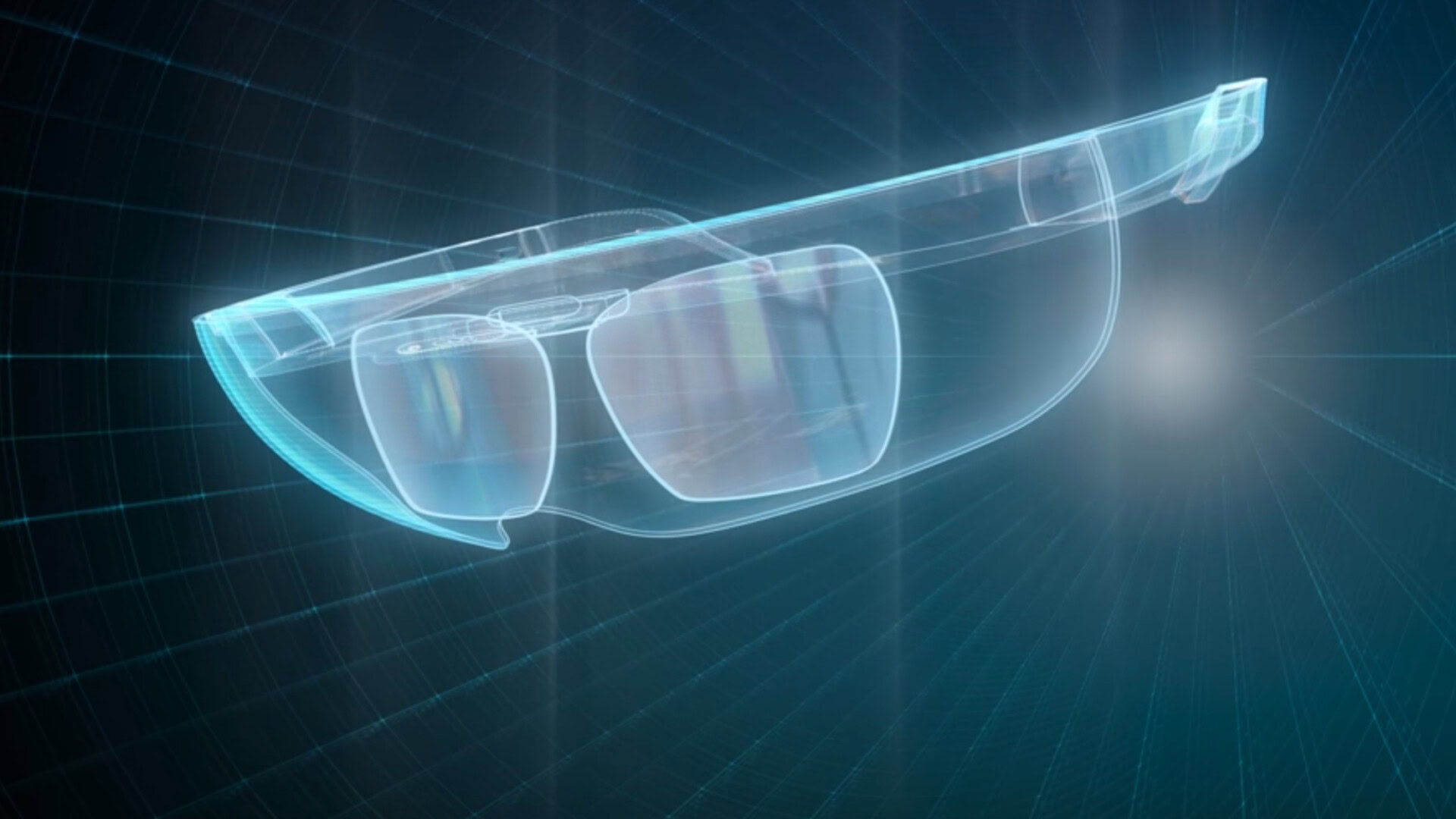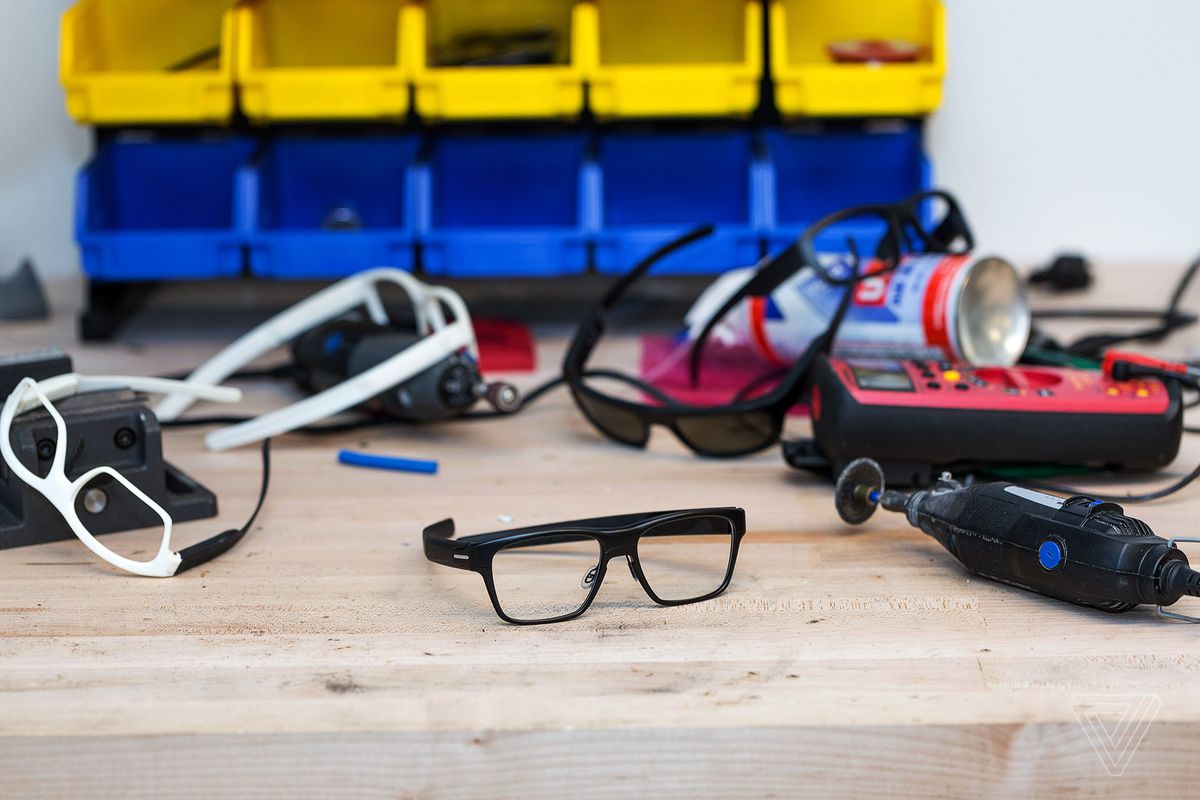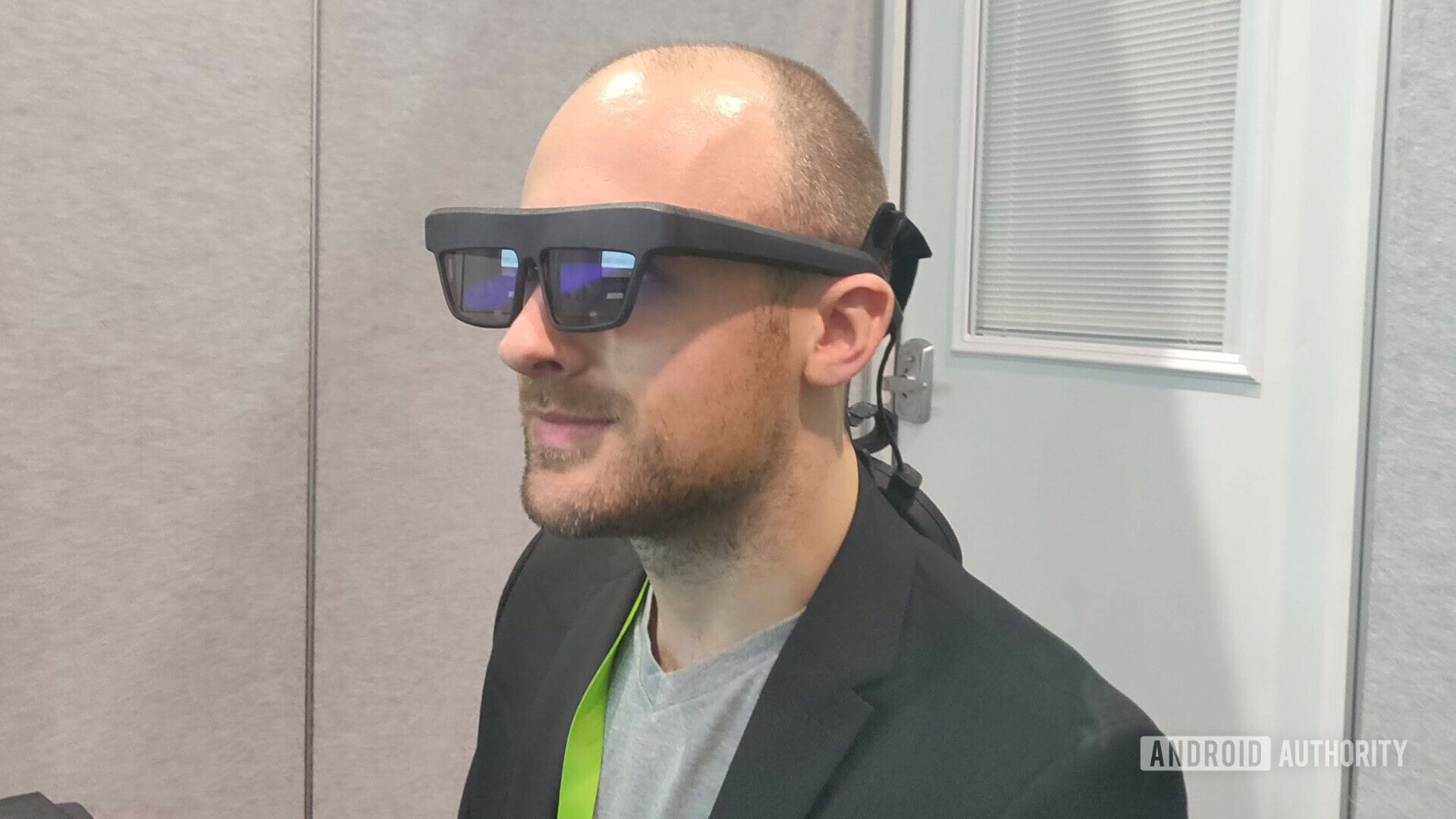Affiliate links on Android Authority may earn us a commission. Learn more.
Corning shows us its new specialized glass for AR wearables

At CES 2019, we had the chance to test out a new AR wearable prototype partially developed by Corning. One of the pillars of Corning’s business is the development of Gorilla Glass, which is used on almost every flagship smartphone.
Although Corning has set the industry standard for smartphone glass, the creation of glass for augmented reality lenses is a whole different beast.

One of the biggest problems with the adoption of wearable technology like AR and VR visors is the ability to scale supply. Corning wants to lead the visor glass market just like it does in the smartphone market. To achieve this, the company is refining the process of creating visor lenses which it will then hope to sell to various companies creating the visor hardware.
Corning is backing a company called WaveOptics, which developed a method for displaying augmented reality which Corning believes is the winning formula. It is very technical, but there are multiple methods for displaying AR content; for example, think of the difference between something like Google Glass and something like the now-defunct Intel smart glasses.
According to Corning, its research concludes that the thing consumers care the most about when it comes to a visual wearable is the look of the device. As such, the company is working hard to make a wearable visor which won’t look like you’re wearing some futuristic headset.
Read Next: Best VR and AR products of CES 2019 — headsets, games, porn…
We had the chance to try out a very early prototype of what Corning and WaveOptics are putting together. Check it out below:

The headset was bulky and had a huge pack attached to it which made it awkward to wear. However, as you can see from the image, the glass itself wasn’t much bigger than a large pair of sunglasses. There’s obviously a lot of room for improvement, but the basics are there.
As for the imagery depicted while wearing the glasses, it worked as you might expect. I could see clearly in front of me and could also see the AR elements, like icons, film clips, mock smartphone screens, etc. It certainly showed a lot of promise.
Corning is working hard to develop a glass manufacturing process that will allow companies to create lenses for equipment like this quickly and cheaply. It’s early days yet, but Corning is clearly going all-in on visor lenses and believes they will be a big part of the future.
NEXT: 10 best augmented reality apps and AR apps for Android